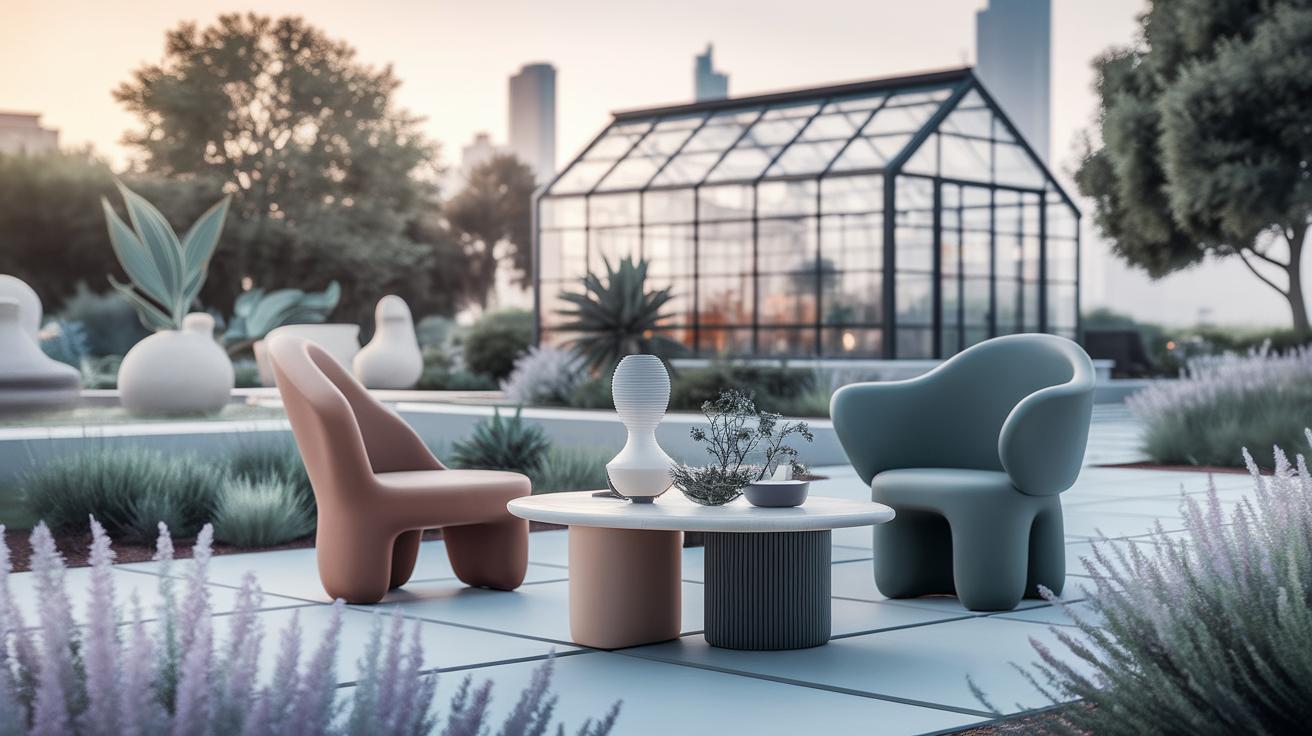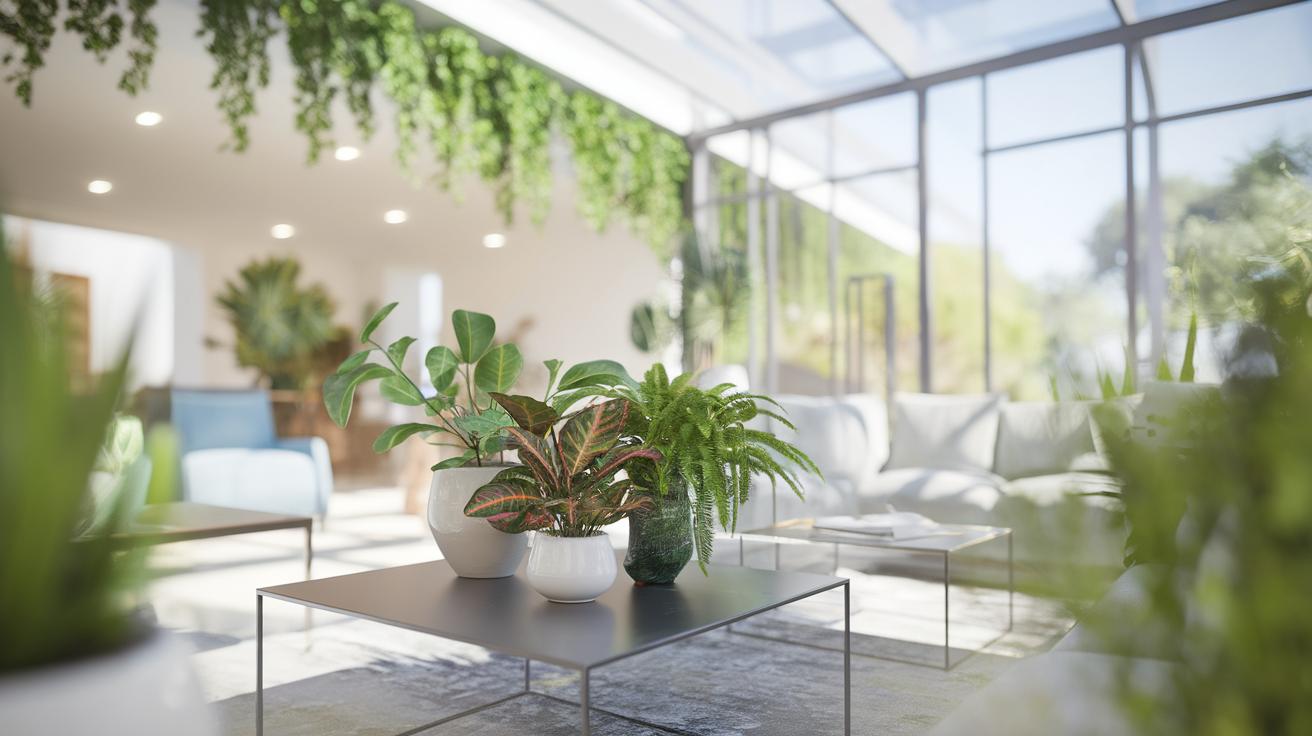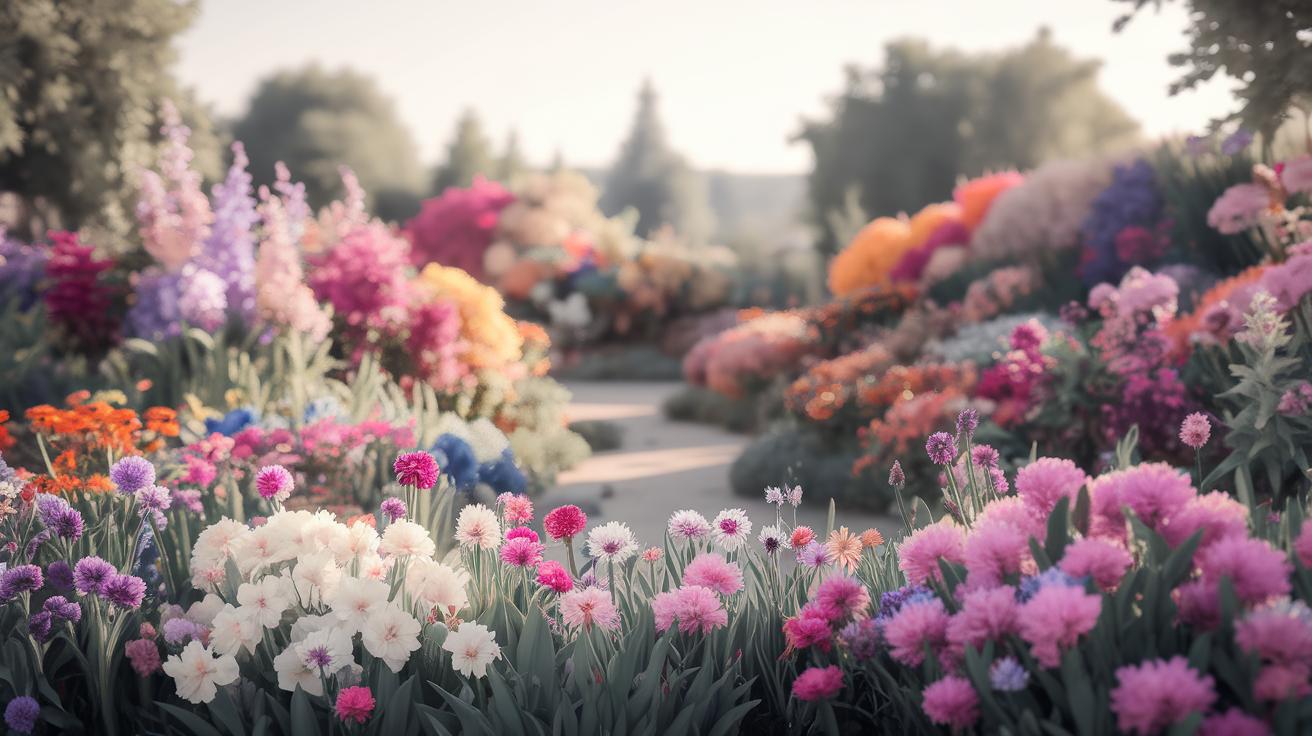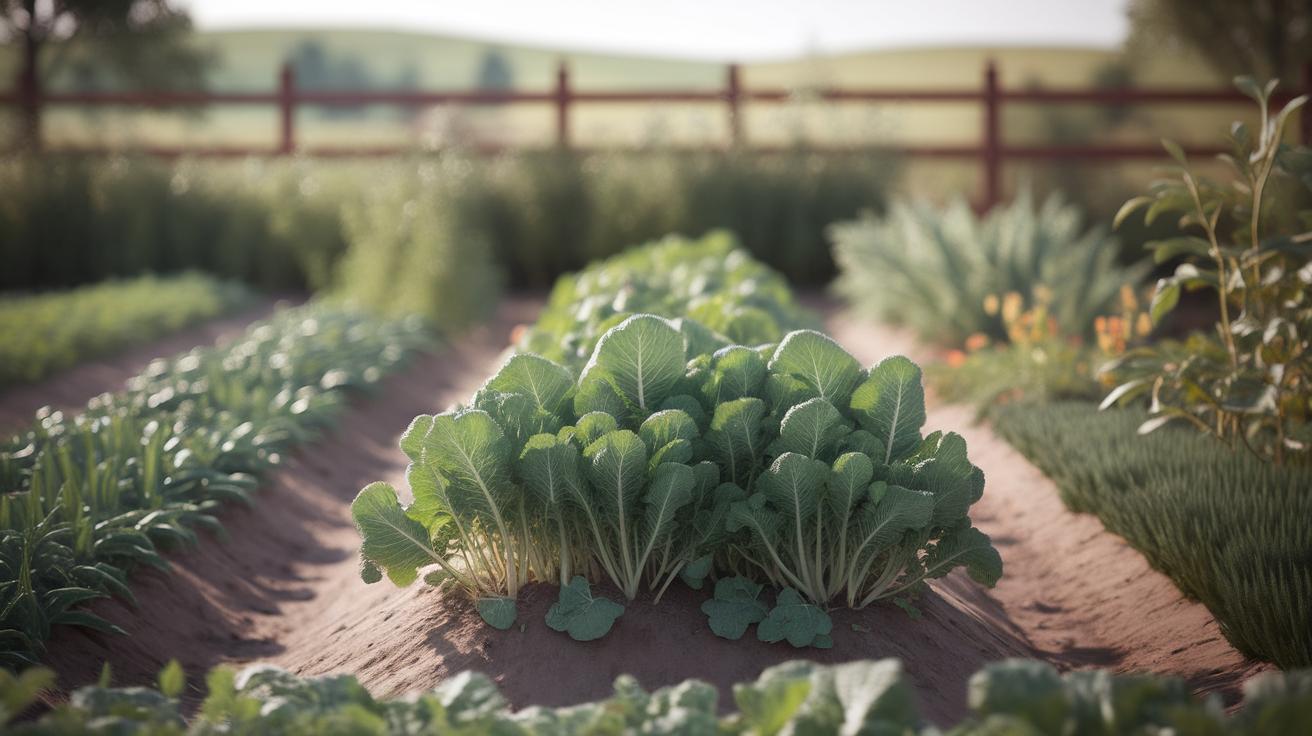Introduction
The concept of gardening aesthetics has gained significant traction in recent years, reflecting a burgeoning interest in creating visually appealing, harmonious outdoor spaces. With the rise of trends like cottagecore, individuals are increasingly drawn to designs that emphasize rustic charm, natural beauty, and sustainability. Gardening aesthetic goes beyond mere plant selection; it encompasses the overall design philosophy that influences how gardens are structured, what materials are used, and how they connect with the surrounding environment. This article delves into the enchanting world of gardening aesthetics, exploring various styles, principles of garden design, and practical tips to cultivate gardens that not only thrive but also inspire.
By embracing a unique gardening aesthetic, enthusiasts can express their individuality while enhancing the beauty of their outdoor environments. This journey into the artistic side of gardening will introduce readers to essential design elements, planting strategies, and the interplay between aesthetics and functionality. Whether you’re a seasoned gardener or a novice looking to make your first planting, understanding the intricate nuances of gardening aesthetic can unveil new opportunities for creativity and environmental consciousness in your outdoor spaces.
Understanding Gardening Aesthetic
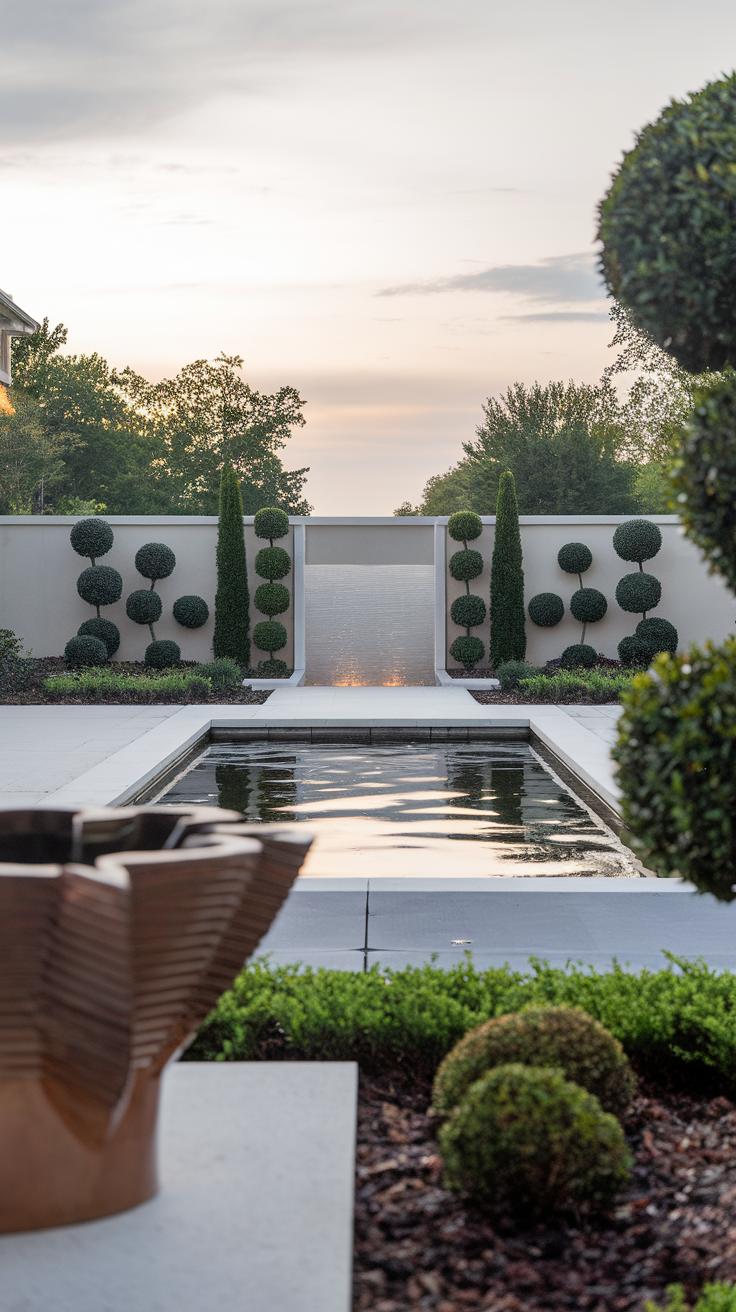
Gardening aesthetic refers to the visual appeal and overall sensory experience created within an outdoor space through plant selection, layout, and design elements. Its importance in contemporary gardening cannot be overstated, as it enhances the way individuals interact with their environments. The aesthetic aspect influences not just the choice of plants but also factors like color schemes, textures, and architectural features of outdoor settings.
Incorporating a strong aesthetic can lead to cohesive garden designs, allowing personal expression to shine through. By considering how different plants complement each other and the surrounding space, gardeners can cultivate landscapes that evoke particular moods or themes. A striking aesthetic can elevate a garden from a simple collection of plants to a stunning tapestry that reflects the gardener’s vision while harmonizing with nature.
How Aesthetics Influence Design Choices
Garden aesthetics play a significant role in shaping design choices. Whether leaning towards a structured garden or a free-flowing nature-inspired landscape, aesthetics guide the selection of plants and materials. For instance, a minimalist aesthetic might favor evergreen shrubs and simple pathways, while a lush, vibrant design may include a riot of colorful flowers and varied foliage. These choices impact not only the visual appeal but also the functionality of the space, fostering an environment that aligns with the preferences and lifestyle of the gardener.
Understanding and embracing these aesthetic principles enables gardeners to create outdoor spaces that are not only visually pleasing but also environmentally harmonious and personally satisfying.
Popular Gardening Styles Explore Different Gardening Styles That Align With Various Aesthetics
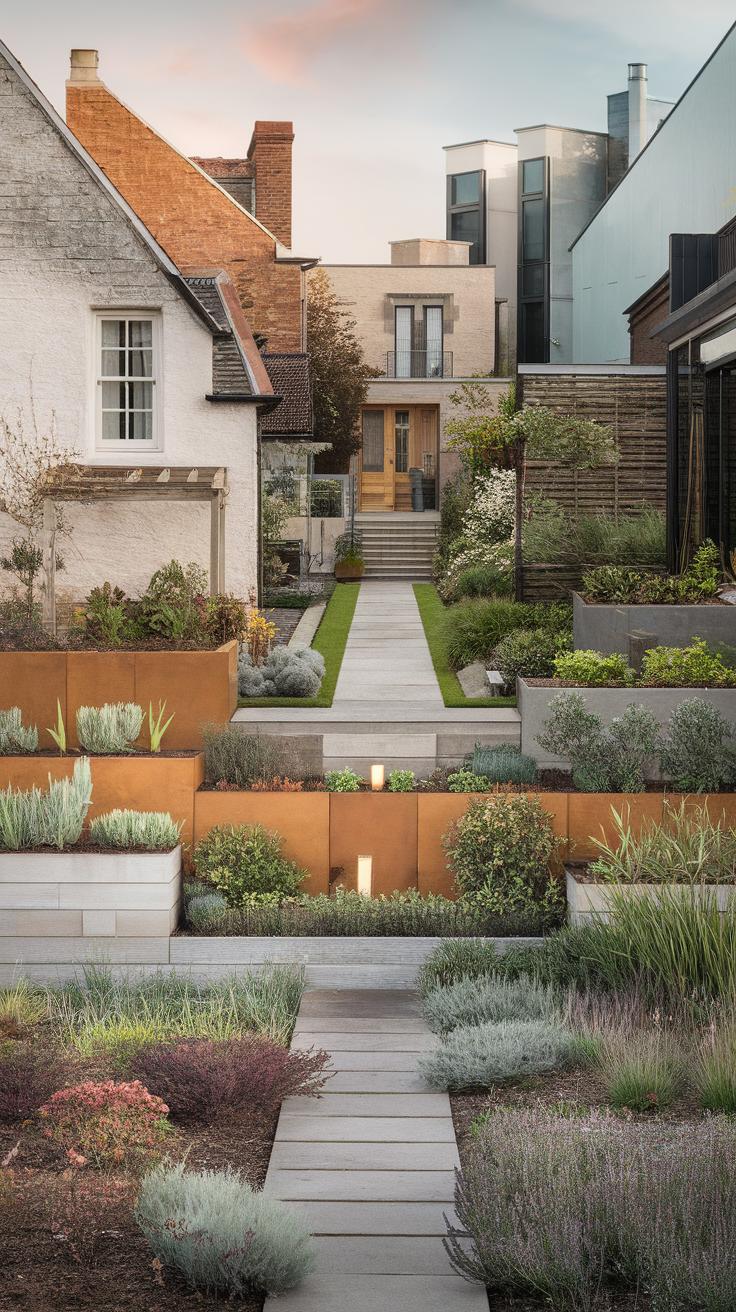
Cottagecore
The cottagecore aesthetic celebrates a nostalgic and romantic view of rural life, embodying simplicity and an abundance of nature. This style typically features romantically arranged flower beds, climbing plants, and herb gardens arranged with rustic paths. Soft colors, particularly pastels, dominate the palette, enhancing the tranquil, inviting feel. Unique elements include vintage garden furniture, trellises, and wildflower meadows, creating a dreamy landscape reminiscent of English country gardens. A focus on biodiversity often leads to the inclusion of pollinator-friendly plants, transforming the garden into a sanctuary for nature and respite for the soul.
Modernism
Modernist gardens prioritize simplicity and minimalism, with clean lines and geometric shapes defining the aesthetic. Typically, these gardens integrate hardscaping elements such as stone patios, raised planters, and water features that complement sleek architectural styles. Color schemes often revolve around monochrome palettes, allowing the texture and form of plants to take center stage. Trees and shrubs are frequently chosen for their architectural qualities, promoting a sense of order and structure. This style emphasizes sustainability through the use of native plants, creating visually striking landscapes that are environmentally friendly and low maintenance.
Native Plant Gardening
This gardening style celebrates the use of indigenous plants to create sustainable ecosystems that are colorful and resilient. Focusing on local flora, the design fosters habitats conducive to wildlife and supports biodiversity. Features often include meandering paths and naturalistic plant arrangements that mimic the region’s natural landscapes. A wide variety of colors and textures can be achieved by selecting plants that bloom at different times throughout the seasons, allowing the garden to maintain visual interest year-round. Native plant gardening minimizes the need for chemical fertilizers and excessive watering, highlighting a commitment to ecological responsibility while ensuring a visually stunning environment.
Principles of Garden Design Embrace Style Through Layout and Balance
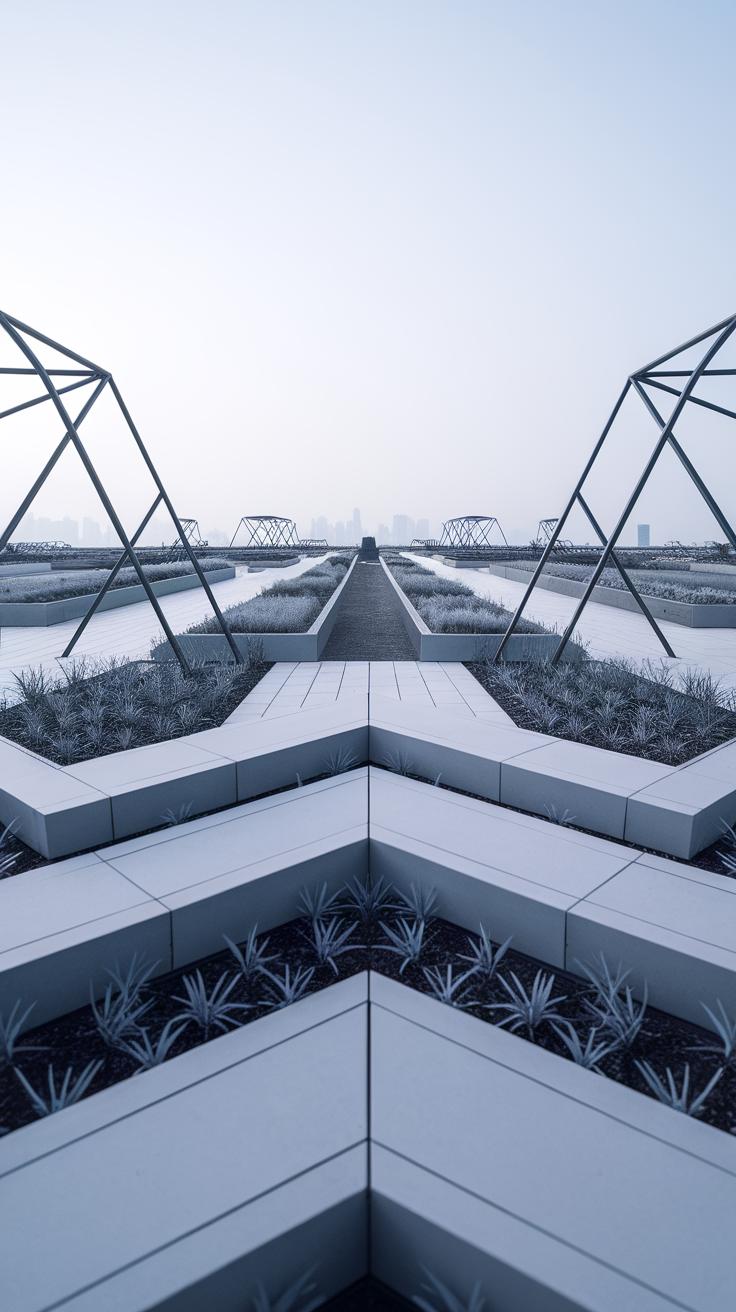
Fundamentals of Effective Garden Design
Creating a captivating garden aesthetic requires a deep understanding of several fundamental principles. The layout is crucial, acting as the cornerstone of any garden space. An effective layout organizes plants, paths, and structures in a manner that is both functional and visually pleasing. Balance, whether symmetrical or asymmetrical, ensures that no one part of the garden overwhelms another, creating a sense of calm and order. Proportion plays a key role as well, determining the size relationships between different elements such as plants, walkways, and features like water fountains or statues.
Achieving Harmony in Your Outdoor Space
Harmony in garden design is achieved by integrating various components in a unified way, allowing for a seamless transition between colors, shapes, and textures. This can be accomplished by using a consistent color palette or repeating specific motifs throughout the garden. Additionally, considering how light interacts with these components can enhance the overall aesthetic. A thoughtfully designed garden not only showcases nature’s beauty but also reflects the gardener’s personal style, making the outdoor space a unique expression of creativity and care.
Selecting the Right Plants for Your Unique Gardening Aesthetic
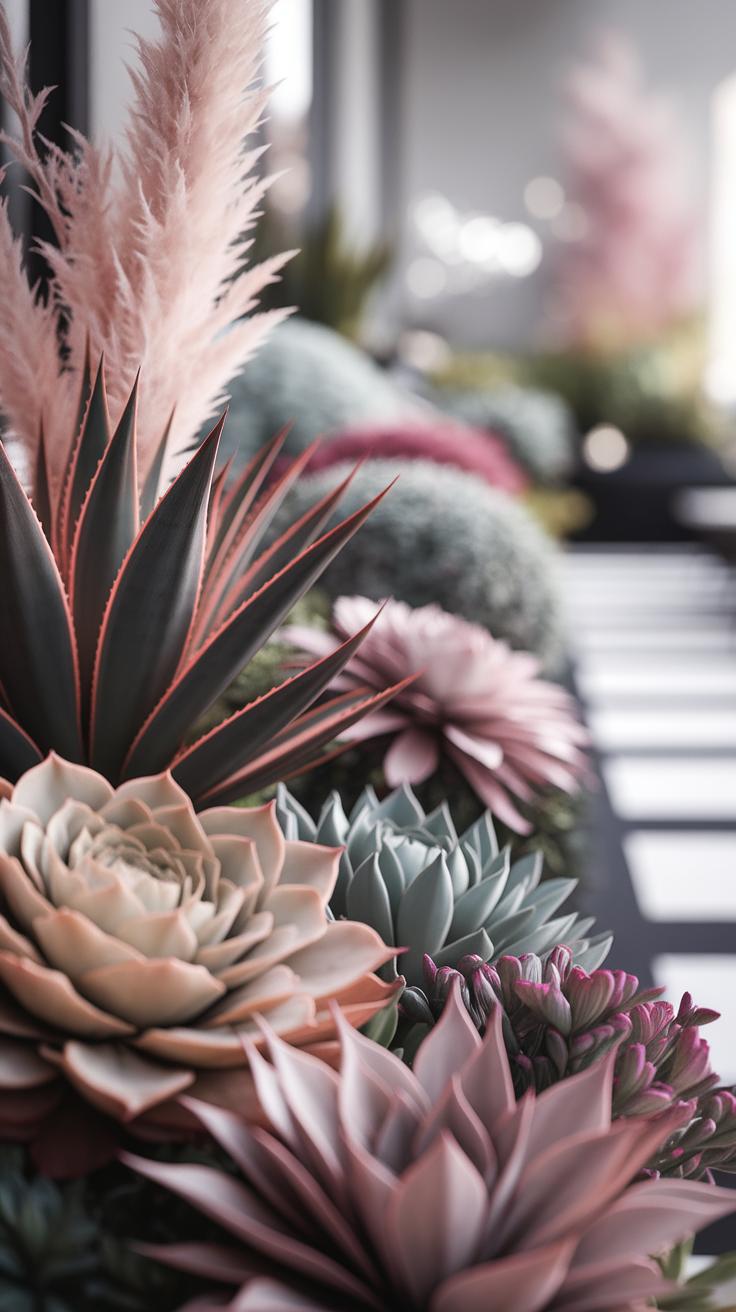
Understanding Your Environment
Choosing plants that align with your intended garden aesthetic starts with a deep understanding of your environment. Factors such as climate, soil type, and local wildlife play a crucial role in plant selection. Consider the USDA Plant Hardiness Zone for your region, which indicates what plants will thrive based on temperature ranges. Furthermore, the soil pH and drainage characteristics are vital; for instance, a sandy soil may necessitate drought-resistant species, while clay soil can support more moisture-loving plants. A garden that reflects your style can only be achieved by selecting plants that are suited to thrive in their specific conditions.
Aligning with Design Themes
Beyond environmental factors, aligning your plant choices with your overall design theme is equally vital. Whether your aesthetic leans toward cottage gardens, minimalist designs, or tropical oases, the right plants should echo that theme. For a tranquil space, consider soft flowering perennials to create layers of color, while a modern design may call for angular, structured shapes like succulents or ornamental grasses. Always reflect on the scale and hierarchy, balancing taller plants in the back and shorter ones in the front to maintain visual interest. Thoughtful plant selection will unify your outdoor space, enhancing its unique aesthetic appeal.
Incorporating Hardscape Elements Enhancing Your Unique Gardening Aesthetic
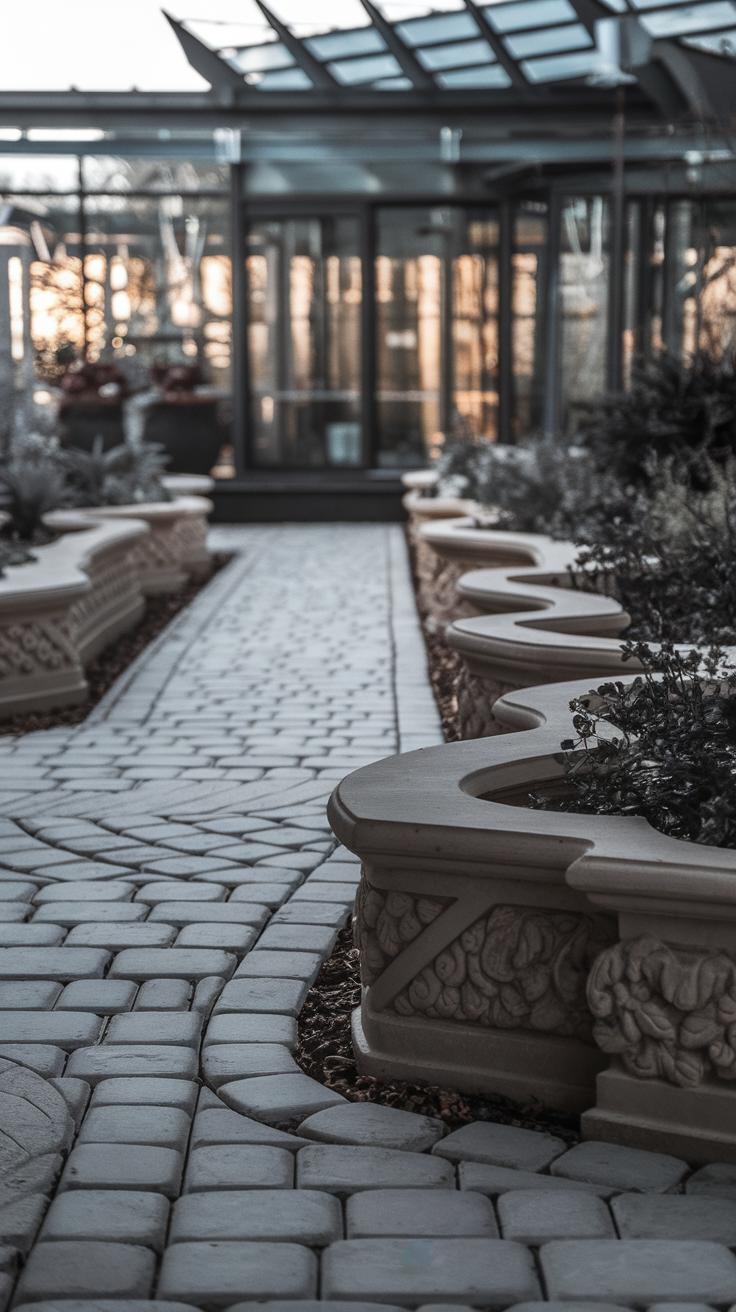
Seamless Integration of Design and Nature
Hardscape elements, including paths, walls, and water features, play a pivotal role in creating a cohesive gardening aesthetic. These structures not only provide functionality but also contribute visually to the overall garden design. For instance, using natural stone or reclaimed wood for pathways can create an organic feel that complements surrounding plant life. Water features, such as ponds or fountains, introduce a dynamic element, harnessing the tranquility of sound while providing a cooling influence on hot days.
To integrate hardscape seamlessly, consider the overall theme of your garden. Align the materials, shapes, and colors of hardscape elements with the chosen plants and landscape. Curved paths may evoke a relaxed, casual style, while sharp lines can lend a more formal atmosphere. Pay attention to scale and proportion, ensuring that hardscape features balance with the surrounding greenery for an inviting and harmonious outdoor space.
Creating Garden Spaces for Enjoyment Focus on Designing Garden Spaces that Encourage Relaxation and Enjoyment
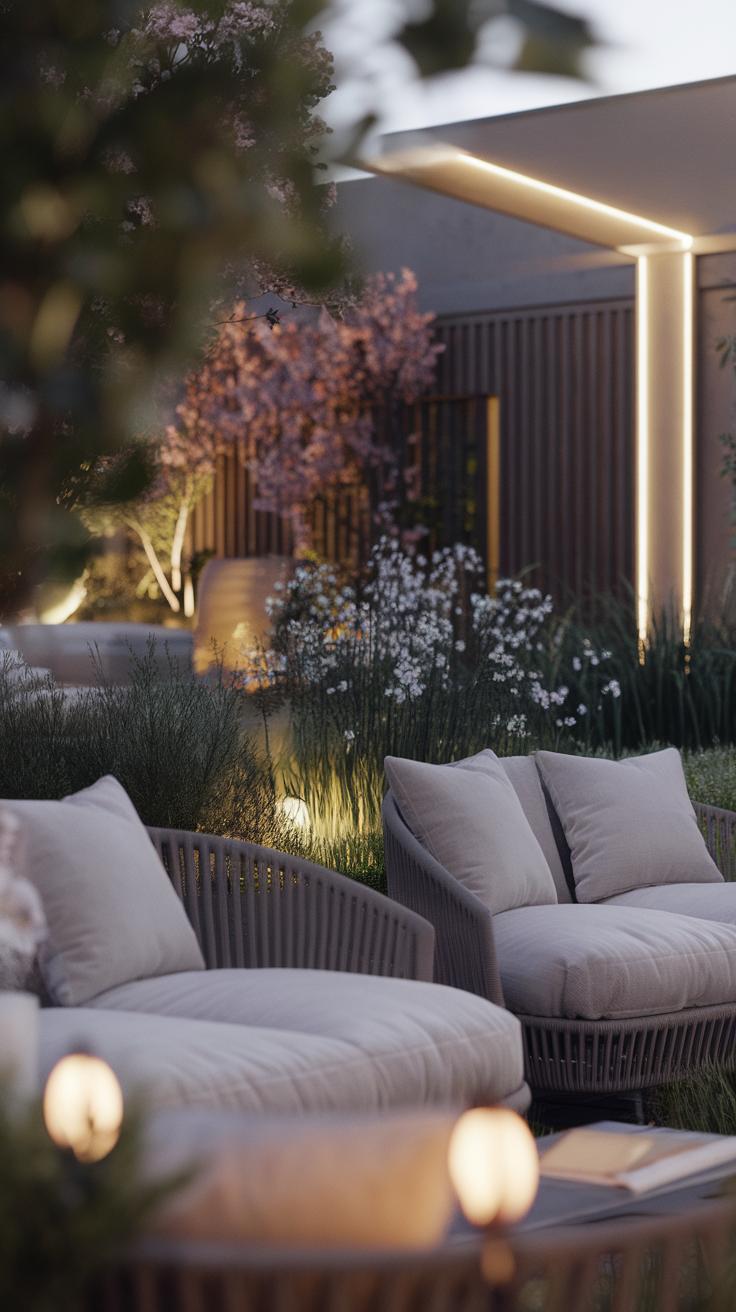
Creating garden spaces that promote relaxation and enjoyment requires thoughtful consideration of various elements. Comfortable seating options, such as benches or hammocks, play a vital role in inviting individuals to linger. A well-placed fire pit or outdoor fireplace can serve as a gathering point for friends and family, adding warmth to chilly evenings. Incorporating fragrant plants like lavender or rosemary enhances the sensory experience, stimulating the sense of smell and contributing to an inviting atmosphere.
Elements that Contribute to Creating Inviting Environments
Attention to detail in the garden’s layout can greatly impact its overall aesthetic. Pathways lined with soft lighting or bordered by colorful flowers lead visitors through a beautifully curated space. Water features, such as fountains or ponds, not only provide soothing sounds but also create a sense of tranquility. Textured materials in furniture and decor add visual interest, while vibrant plant selections offer seasonal changes that keep the experience fresh. All these elements work harmoniously to transform a simple outdoor area into a cherished sanctuary for relaxation and enjoyment.
Maintenance Tips for an Aesthetic Garden Best Practices for Upholding Beauty
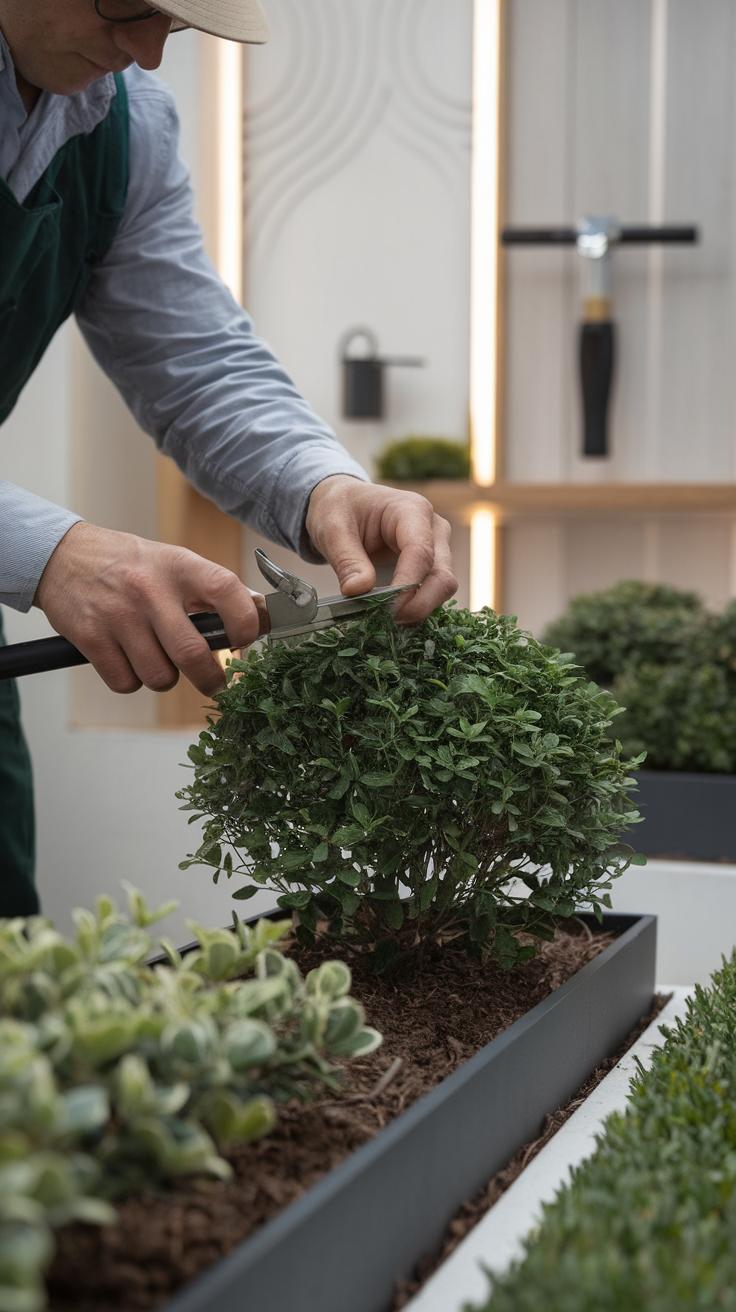
Regular Upkeep
Creating a stunning garden involves attention to detail, and maintaining that beauty is equally important. Regular upkeep begins with a consistent watering schedule. Ensuring plants receive adequate moisture helps sustain their vibrancy. Routine pruning is critical for promoting healthy growth while maintaining the desired shapes of shrubs and flowers. Weeding should be a weekly habit, as it prevents competition for nutrients and preserves aesthetic harmony. Mulching not only enhances appearance but also conserves soil moisture, reducing the need for constant watering.
Seasonal Changes and Plant Health
Gardens naturally evolve with the seasons, and understanding these shifts can help preserve their appeal. In spring, focus on rejuvenating soil health with compost to support growth. Summer may require reinforcing plants against heat stress by adjusting watering techniques. Autumn welcomes the planting of bulbs and seasonal interest through vibrant foliage. Winter care involves protecting perennials against frost and managing leaf litter for tranquility. Monitoring plant health through pest management and disease prevention is vital for ensuring a thriving garden aesthetic, fostering a space that continuously inspires.
The Future of Gardening Aesthetics Speculating on Future Trends in Gardening Design
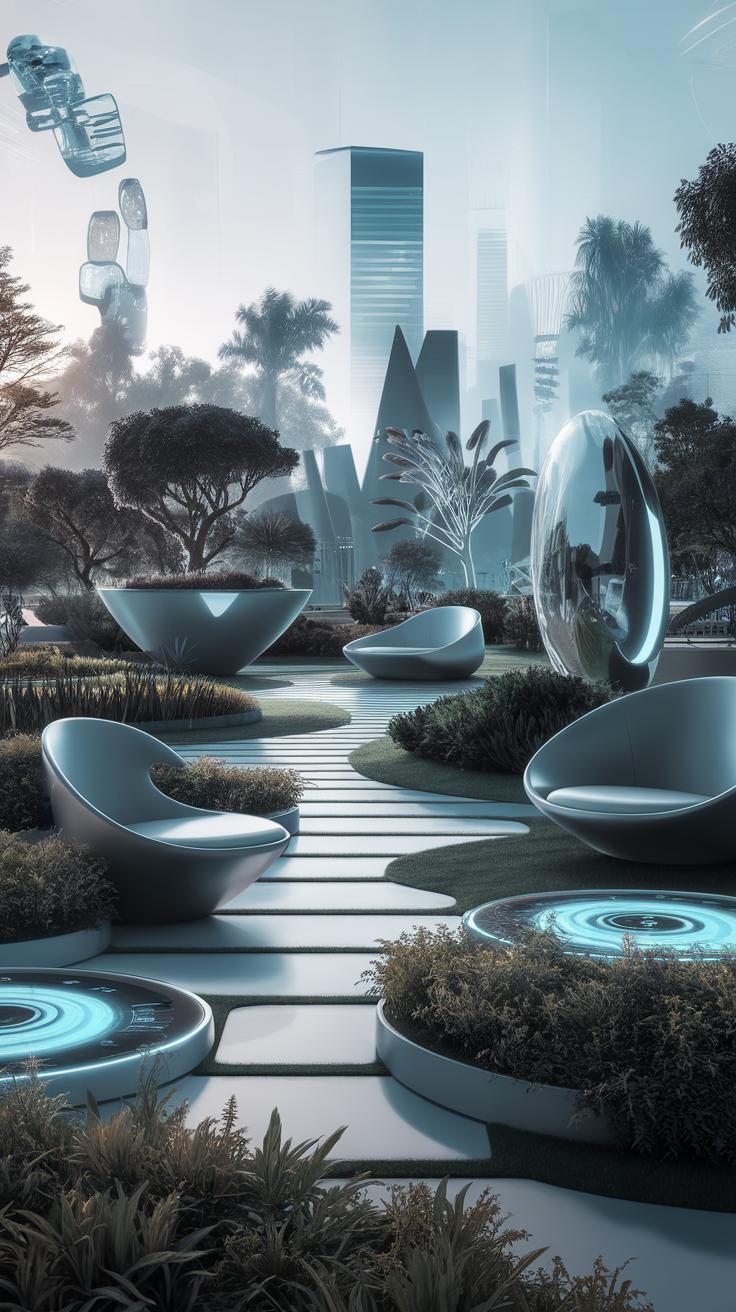
Shifting Design Philosophies
Anticipating the evolution of gardening aesthetics reveals a dynamic interplay between nature and design. As urbanization increases and climate awareness grows, future gardens may emphasize sustainability and resilience. This shift might encourage the use of native plants that require less water and maintenance while promoting biodiversity. Concepts like biodiversity gardens—an extension of traditional aesthetics—could redefine beauty in outdoor spaces, advocating for nature’s patterns over rigid, manicured forms.
Adapting to Environmental Changes
Potential changes in design philosophies may also reflect a deeper response to environmental challenges. Aesthetic gardens might integrate permaculture principles, showcasing edible landscaping alongside ornamental plants. Materials for hardscaping may lean toward recycled or organic options, merging practicality with visual appeal. Furthermore, technology could influence future designs with smart irrigation systems and eco-friendly lighting, enhancing both functionality and style. This holistic approach prepares gardens not just for beauty but for a sustainable future.
Conclusions
The exploration of gardening aesthetics highlights the delicate balance between nature and design. By incorporating elements such as native plants, sustainable practices, and thoughtful layouts, gardeners can create spaces that resonate with their personal styles while promoting ecological health. The movement towards a more aesthetic gardening approach not only enhances our gardens but also nurtures our well-being by providing serene outdoor retreats that connect us to nature.
Embracing a unique gardening aesthetic transforms our yards into personalized landscapes that reflect our values, creativity, and love for the environment. As gardeners, understanding these principles can help us cultivate not just beautiful gardens, but thriving ecosystems that support biodiversity and foster a sense of community among those who share a passion for the outdoors.


